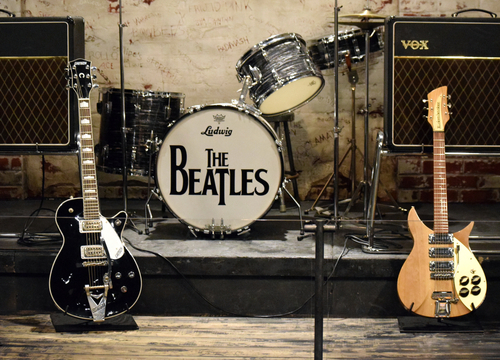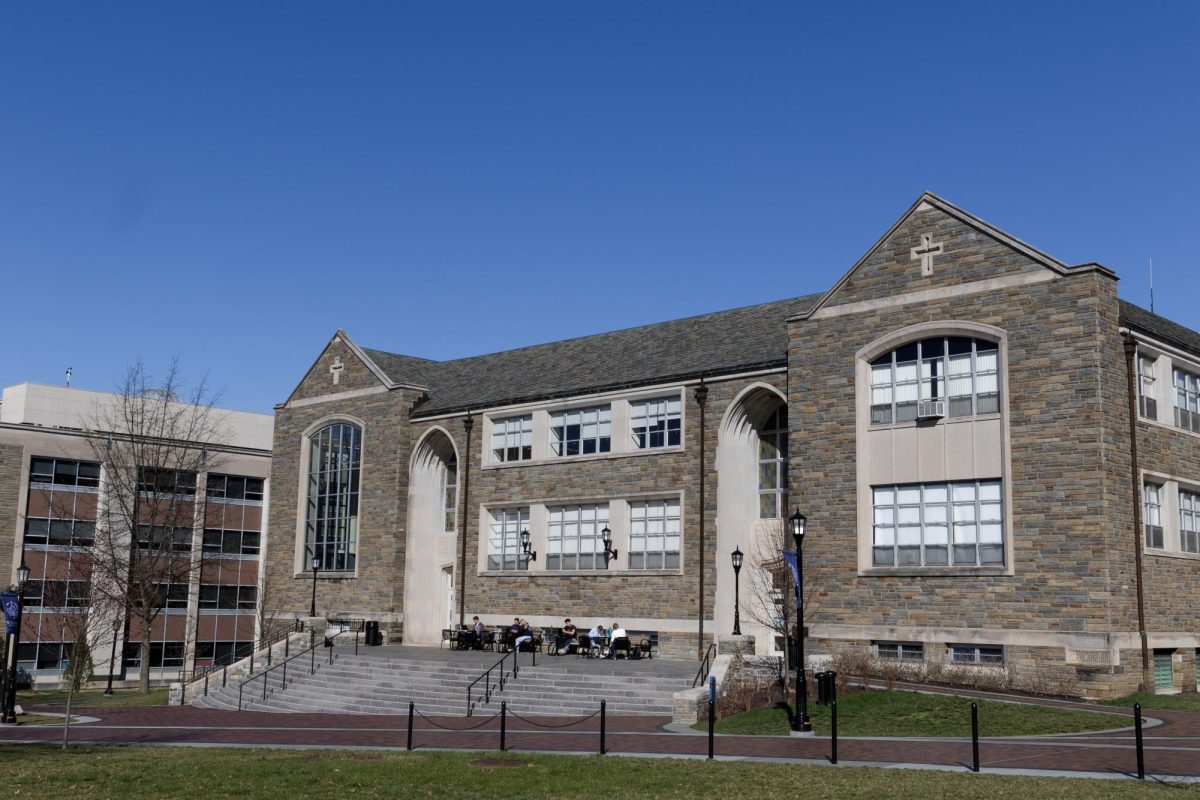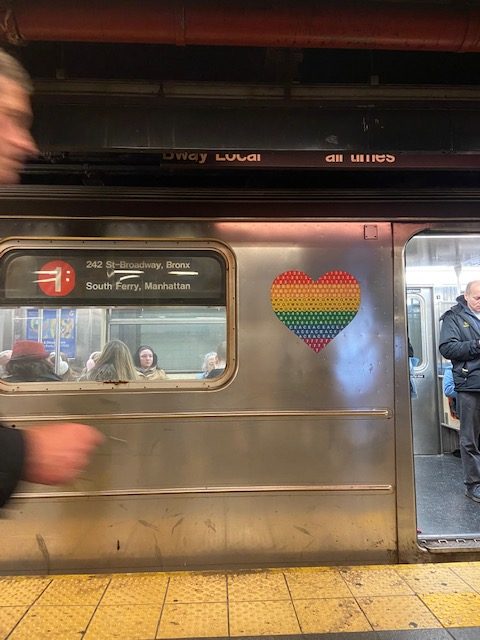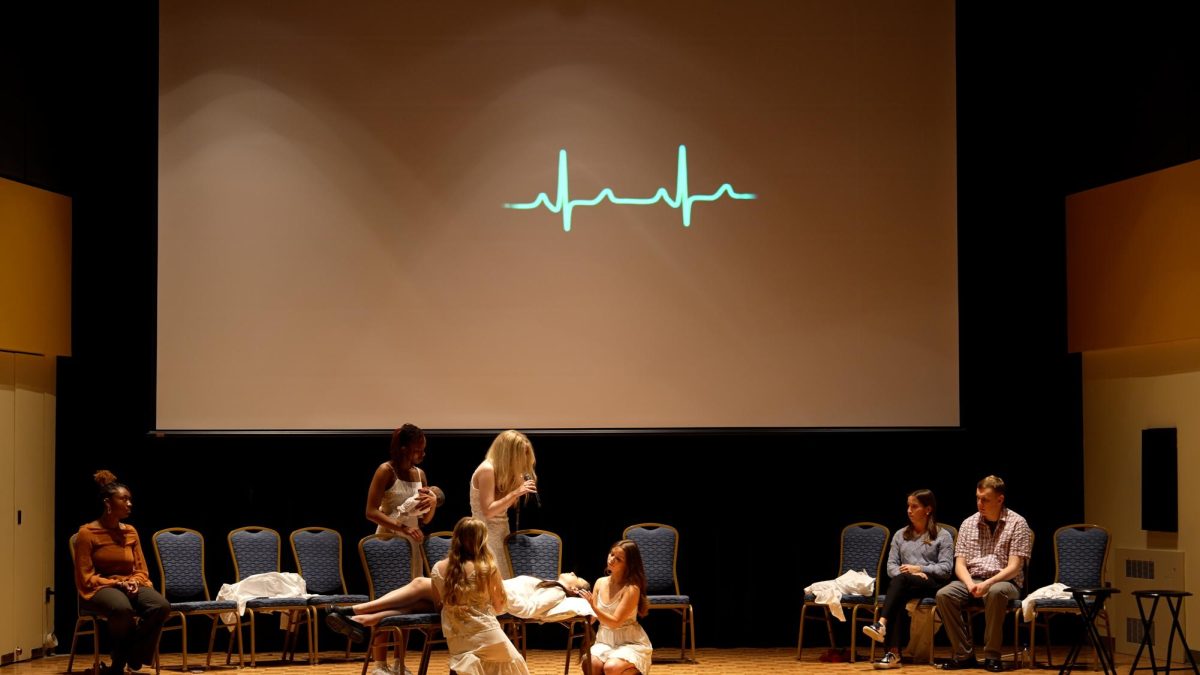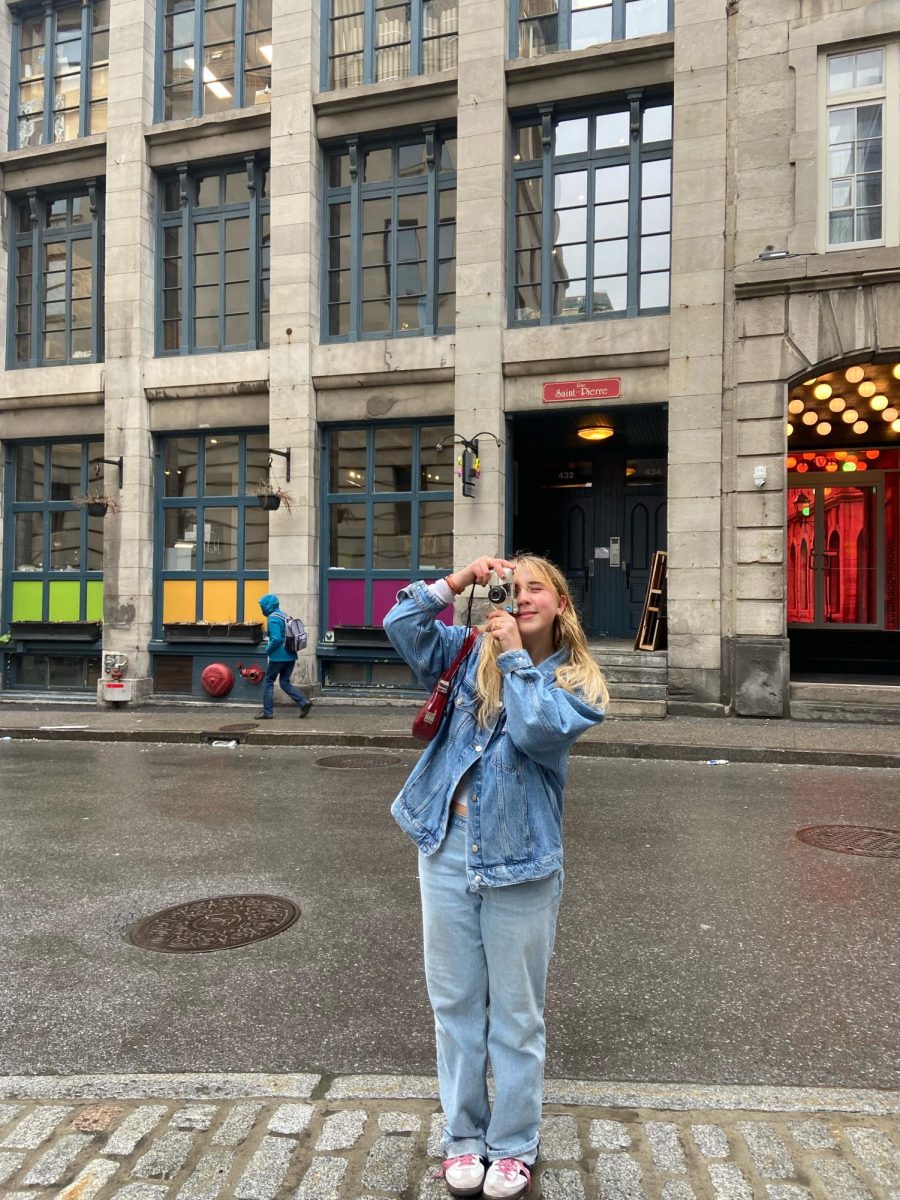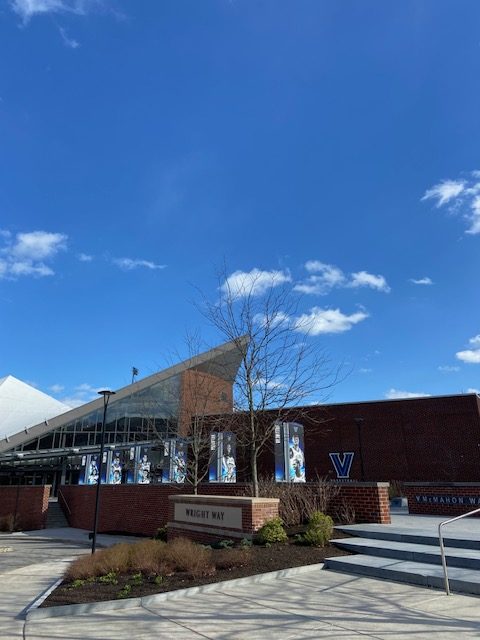Six decades ago, Americans heard the immortal words of Ed Sullivan that began a new era of music and culture: “Ladies and gentlemen… T H E B E A T L E S!”
The Beatles first arrived in America 60 years ago this past week. John Lennon, Paul McCartney, George Harrison and Ringo Starr were greeted by thousands of screaming fans at John F. Kennedy Airport in New York on Feb. 7, 1964. “Beatlemania” had officially begun.
Prior to their U.S. visit, the four Liverpudlians were busy conquering their home country of England and branching out into other nations across the United Kingdom and the rest of Europe. However, they knew that achieving success in America would elevate their popularity dramatically. Michael Hollinger, professor of The Beatles: Song by Song at Villanova, believes that achieving success in the United States was the true benchmark for English bands at the time.
“The real test of UK artists in many fields, especially in music, was ‘Can you cross the ocean to that other big, English-speaking country to the west?’” Hollinger said.
Different stories emerged over the years regarding the group’s decision to travel to the U.S. in 1964. McCartney claims that they did not want to go to the States until they had a #1 hit there. However, other Beatles historians, including Hollinger, are more inclined to believe that the group’s visit was planned in advance, regardless of their status on the charts.
“I believe the latter is true,” Hollinger said. “Their itinerary was planned in the fall [of 1963], so they would not have been guaranteed that that would have taken place at the time.”
Regardless of which side of the story is accurate, The Beatles did score a #1 single in the U.S. prior to their arrival with the release of “I Want to Hold Your Hand.”
“The Beatles’ original singles, ‘Love Me Do,’ ‘Please Please Me’ [and] ‘She Loves You’ had all been increasing hits in the UK, but nothing had crossed the ocean yet,” Hollinger said. “So, ‘I Want to Hold Your Hand’ was the thin end of the wedge. Happily, for them, they soon discovered that the way had been paved through people’s being knocked out by this song, creating a great hunger for the music that was to follow. It was like a red carpet being rolled out for them.”
The Beatles were ready for America, and America was ready for The Beatles. Americans were immediately exposed to not just the group’s music, but also each member’s personality and sharp wit. While being asked questions by reporters at a press conference inside JFK Airport, all four men were quick to respond with sarcastic, albeit fun and lighthearted, remarks.
When asked if the group could sing something at the podium, they responded with a collective “No,” with Lennon adding, “We need money first.” Starr did his best Elvis impression when asked if the group was “nothing but a bunch of British Elvis Presleys.” After someone asked about the group’s infamous “mop top” hairstyles, McCartney told reporters that he was secretly bald and wearing a wig. Another reporter asked if they would get haircuts while on their visit, and Harrison quickly fired back by saying that he “had one yesterday.”
After a few days of avoiding scores of fans outside their hotel room and a trip to Central Park (minus Harrison, who was sick), The Beatles took part in, arguably, the most important musical moment in television history: their first performance on The Ed Sullivan Show. Broadcast on CBS, The Ed Sullivan Show was one of the premier variety shows in America at the time.
“It was a very mainstream show, meaning that a large number of American households would tune in weekly,” Hollinger said.
Many esteemed guests appeared on The Ed Sullivan Show throughout the years. Most notably, Elvis Presley first appeared on the show in 1956 to the delight of teenagers and to the horror of their parents.
“Elvis Presley, in a noteworthy way, crashed into American households on The [Ed] Sullivan Show in the 1950s,” Hollinger said. “It was a way to hit America in the belly really quickly.”
On the night of Feb. 9, 1964, 73 million viewers tuned in to the Ed Sullivan Show to watch The Beatles perform. Those watching all over the country, as well as in the studio audience, could not contain their excitement. Shrieks from female fans littered the performance, adding to the show’s restless energy and excitement.
The Beatles performed five songs during their appearance: “All My Loving,” “Till There Was You” (originally from the hit musical The Music Man), “She Loves You,” “I Saw Her Standing There” and “I Want to Hold Your Hand.” With the exception of “She Loves You,” all songs performed were from the group’s debut album with Capitol Records, Meet the Beatles! While not technically part of the band’s official British catalog with EMI Records, this was the album that introduced the band’s music to America.
The Beatles’ performance greatly impacted the music world. Musicians ranging from Tom Petty to Bruce Springsteen to Gene Simmons have cited the group’s appearance as a major influence. Teenagers across the country wanted to grow their hair, pick up guitars and start bands with their buddies.
In addition, the group’s breakout success drew attention to a burgeoning English cultural scene. It sparked the British Invasion, with bands such as The Rolling Stones, The Kinks, The Animals and The Dave Clark Five gaining notoriety in America.
“[There was] a rise of a London cultural scene that wasn’t just musical,” Hollinger said. “It also impacted the art world and impacted the fashion world. Those things were certainly aided by the fact that The Beatles were making such forays in America.”
The Beatles’ visit to the U.S. and other seminal moments throughout the group’s career are discussed in Hollinger’s class. According to Hollinger, the main mission of the course is to “figure out why The Beatles are so awesome.”
“More broadly, because their career maps really closely to the 1960s, it’s a class about the 1960s,” Hollinger said.
Hollinger also teaches music theory in the class. He implements a technique that he calls “tree spotting,” in which he trains students to listen for certain instruments, melodies and production techniques within each song and album.
“Some people are utterly new to music theory, [and] other people are experienced musicians,” Hollinger said. “I do use musical terminology. We study chords, melody [and] rhythm, as well as lyrics.”
The class is welcoming to everyone, as students enrolled in it range from superfans to those who know little more than the name of the group.
“There are really hardcore fans, and there are fans who are like, ‘I don’t really know anything about The Beatles, but my parents like them,’” Hollinger said.
Mark Faverzani, a junior computer science major and music minor, took the class during the Spring Semester of 2023. He grew up listening to The Beatles but still learned a lot in the course.
“I’ve been a Beatles fan ever since I was a kid, from my parents,” Faverzani said. “I love The Beatles and it worked for my music minor, and I was just really excited to learn about The Beatles’ history and get more into the music.”
Faverzani thought the class was a lot of fun, and he believes that it is important for fellow students to learn more about the band because its music is “transcendent of all generations.”
“It’s important for people our age to learn about older musicians, especially ones who were so influential,” Faverzani said. “The artists people listen to today are influenced by The Beatles, so learning about the music that influenced their artists will, hopefully, give more appreciation to music they listen to.”

